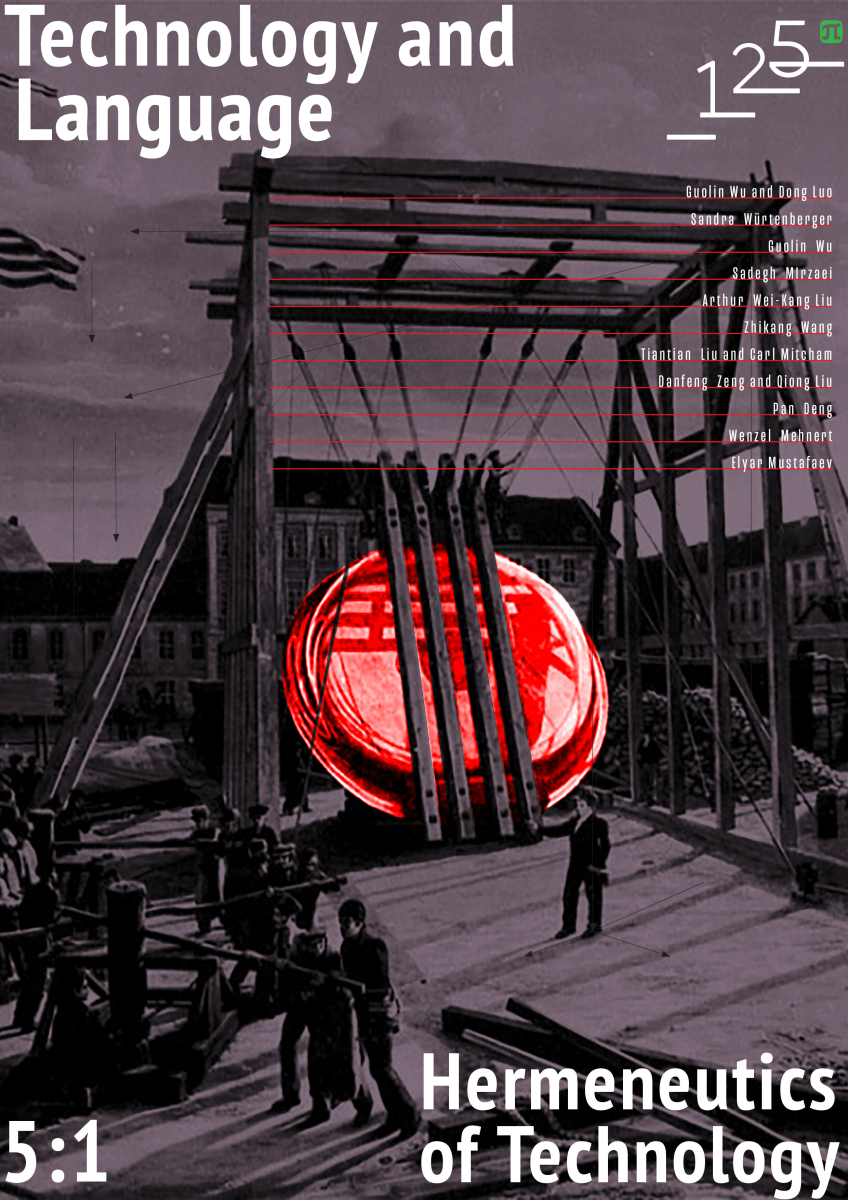Description, Understanding, and Explanation:How Scientific Interpretation Gave Birth to Modern Molecular Biology
This paper illustrates the role and position of hermeneutics methods in science and technology through the analysis of a scientific case, namely the generation of modern molecular biology, and the difference, connection, and mutual transformation of “description-text,” “understanding-text,” and “explanation-text” in the process of scientific research. The results show that the interpretation and transformation of scientific text often needs a certain cultural fulcrum and that it works by means of analogy. This is complemented through natural language. The complexity and richness of language transformations allow for scientific discovery and technological innovation to break through the limitations of objective conditions. A theory of complex thinking systems illustrates these results relatively well. Through the analysis of hierarchical levels of thought, two ways are revealed for transforming things and reducing them understandability. Mediated by natural language, these two ways involve the transformation and recovery, firstly, of abstract concepts in different layers, and secondly, of intuitive images in different layers. The results all provide support for the ontological and methodological foundation of scientific interpretation methods. Science and technology are facing more and more complex objects, and mathematical induction and deduction may become more and more difficult. Therefore, scientific interpretation may become an essential way to expand new fields of science and technological innovation.



